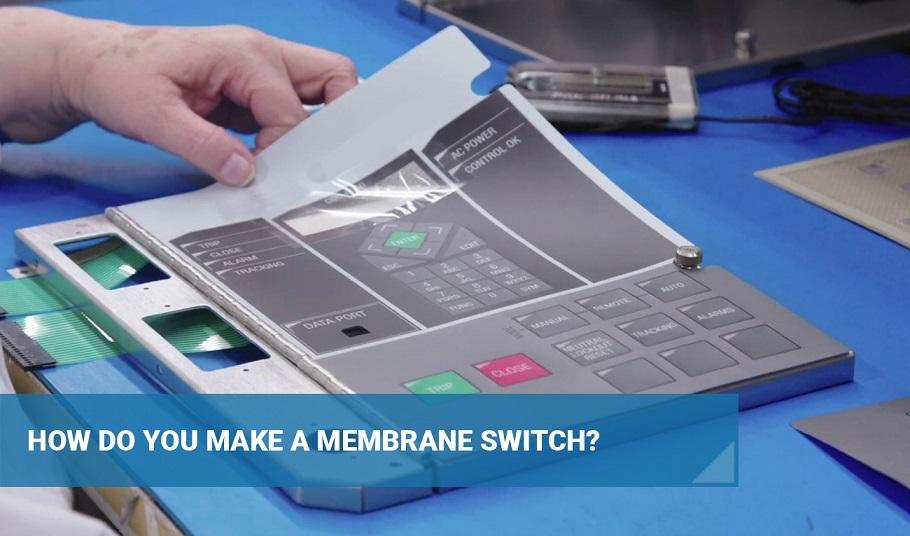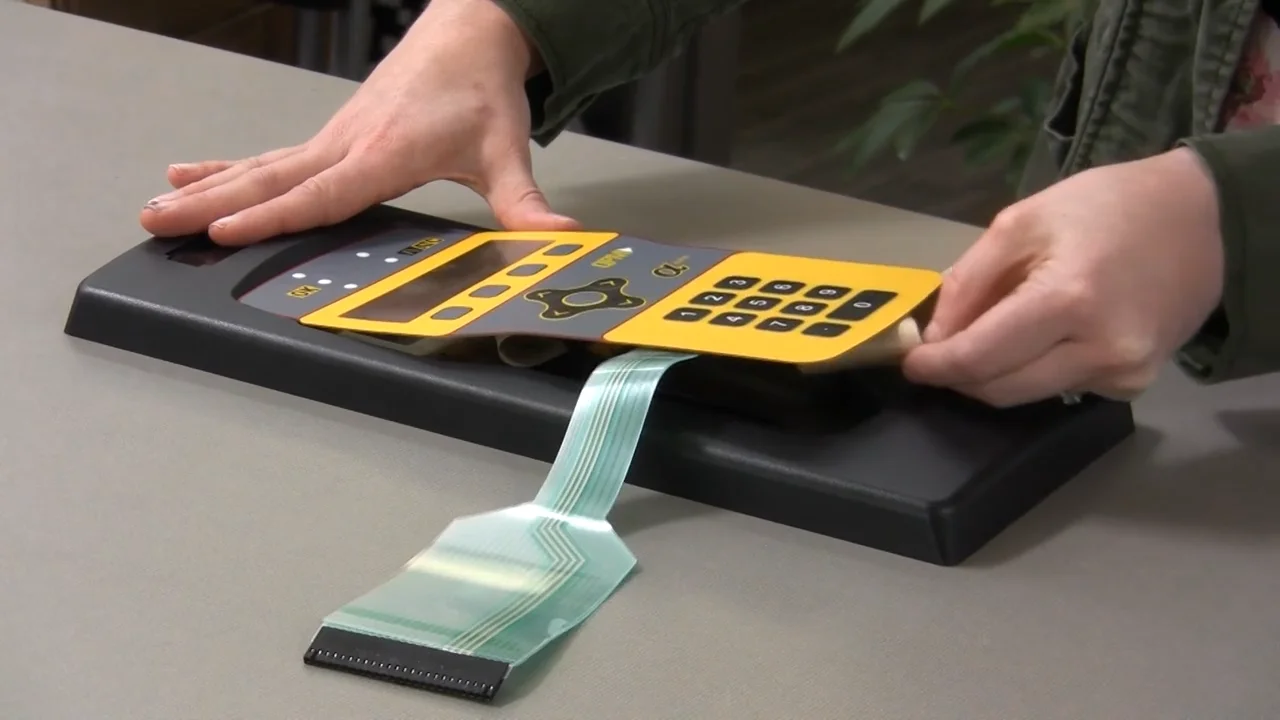The Role of a Membrane Switch in Modern Touch Interfaces and Controls
The Role of a Membrane Switch in Modern Touch Interfaces and Controls
Blog Article
How Membrane Layer Changes Add To the Toughness of Electronic Control Panels
Membrane switches play an important role in improving the longevity of electronic control panels, primarily via their multi-layered building and construction which provides effective security versus ecological elements such as moisture and dust. This style not just minimizes the danger of circuit damage and corrosion but likewise advertises convenience of maintenance because of its seamless surface. The absence of relocating components substantially decreases the possibility of mechanical failings, making membrane changes suitable for demanding applications. The implications of these functions prolong past plain defense, elevating concerns about their wider effect on functionality and user experience.
Definition of Membrane Layer Buttons

Membrane layer buttons are designed to be thin and lightweight, making them suitable for applications where area is restricted. They can be manufactured in different shapes, dimensions, and colors, offering adaptability in design that satisfies aesthetic and practical needs. In addition, membrane buttons can include numerous technologies, such as tactile responses and LED indications, boosting user experience.
Due to their building, membrane switches are usually immune to dust, moisture, and general wear, adding to their durability sought after atmospheres. Their seamless style not only helps with simple cleaning however likewise lessens the danger of mechanical failure, making them a preferred choice for producers seeking trusted interface in their digital control board.
Security Versus Ecological Aspects
The layout of membrane layer changes inherently supplies a level of defense against various ecological variables, which is crucial for maintaining capability in tough conditions - Membrane Switch. These switches are usually built with layers of flexible products that protect internal parts from dampness, dust, and impurities. By enveloping the circuitry, membrane layer changes minimize the threat of short circuits and rust, which can considerably impair efficiency
In addition, the usage of durable adhesives and sealers throughout production enhances their resistance to environmental difficulties. Membrane layer buttons can withstand exposure to chemicals and solvents, making them appropriate for industries such as food handling and healthcare, where health and sanitation are critical. Their smooth surface design additionally avoids the buildup of dirt and germs, facilitating less complicated cleaning and upkeep.
Temperature level changes are another environmental problem, and membrane switches are crafted to operate properly across a vast array of temperature levels (Membrane Switch). This adaptability ensures that control panels remain functional in numerous setups, from commercial environments to customer electronic devices
Influence On Individual Interaction
Customer interaction with electronic control panels is dramatically influenced by the layout and performance of membrane layer switches. These buttons give a tactile interface that improves the total customer experience, permitting user-friendly navigation and control. Their responsive nature makes resource certain that individuals receive instant comments upon activation, which is critical for jobs requiring precision and performance.
Moreover, the smooth surface of membrane layer switches over facilitates easy cleansing and maintenance, promoting customer self-confidence in the integrity of the user interface. This sanitation is especially essential in atmospheres where hygiene is extremely important, such as medical or food processing settings. In addition, the portable and light-weight style of membrane layer changes contributes to the visual allure of control board, urging individual interaction with a modern and sleek look.
Moreover, the integration of aesthetic components, such as printed symbols and backlighting, helps individuals promptly identify functions, decreasing the discovering contour linked with brand-new tools. As a result, customers can operate gadgets more effectively, resulting in increased performance and satisfaction. In recap, membrane buttons play a critical role in enhancing individual interaction by combining performance, aesthetics, and convenience of use, ultimately causing improved functional performance.
Layout Versatility and Personalization
Design versatility and customization are crucial elements of membrane switches, making it possible for suppliers to tailor digital control board to details applications and user requirements. This adaptability enables for the integration of different layout aspects, such as colors, graphics, and structures, which can boost the aesthetic appeal and individual involvement of the control panel.
Membrane layer switches can be personalized in dimension and form, accommodating a vast range of gadgets and applications, from industrial equipment to customer electronics. This adaptability ensures that producers can develop instinctive interfaces that line up with individual assumptions and functional needs. Additionally, the capacity to include distinct attributes such as backlighting or responsive feedback further improves functionality, permitting for a much more interactive experience.
Moreover, the production process for membrane switches over sustains the quick prototyping of designs, enabling producers to repeat and improve their principles quickly. This ability not just speeds up the advancement timeline but likewise guarantees that the final product meets specific practical and visual requirements.

Cost-Effectiveness and Durability
Cost-effectiveness and durability are considerable advantages of membrane buttons, making them an eye-catching alternative for makers and end-users alike. These switches are usually less expensive to generate than typical mechanical buttons, mostly because of their simplified production procedures and the decreased number of parts needed. This cost benefit expands not only to initial manufacturing however also to lasting functional expenses, as membrane layer switches frequently call for less maintenance and have a reduced failing rate.
Additionally, the durability of membrane switches over adds to their general worth. Built from resilient materials, they are immune to environmental aspects such as wetness, dust, and chemicals, which can bring about early wear in other button kinds. The lack of moving components reduces mechanical failure, permitting membrane changes to maintain performance over extended periods.
This sturdiness our website is especially beneficial in applications needing regular performance under requiring conditions, such as medical tools and industrial visit site devices. Ultimately, the combination of cost-effectiveness and longevity makes membrane switches over a financially viable option for makers, providing reliable services that stand up to the examination of time while maximizing budgetary considerations.
Verdict
In conclusion, membrane buttons significantly boost the resilience of digital control panels via their durable building and construction and protective functions - Membrane Switch. In general, membrane changes stand for a dependable and cost-efficient selection for enhancing the durability and performance of digital control systems.
Report this page